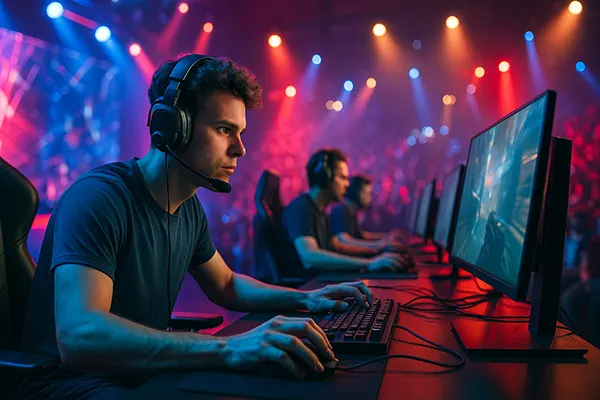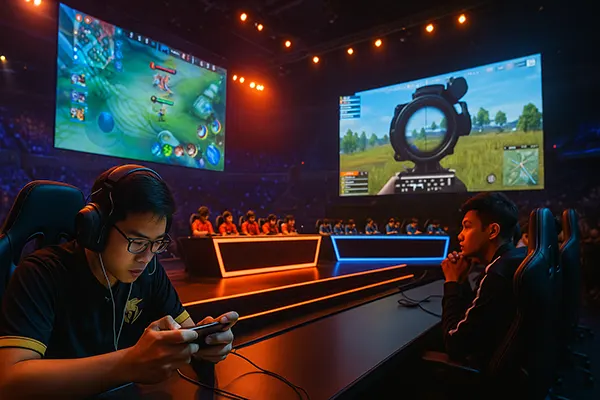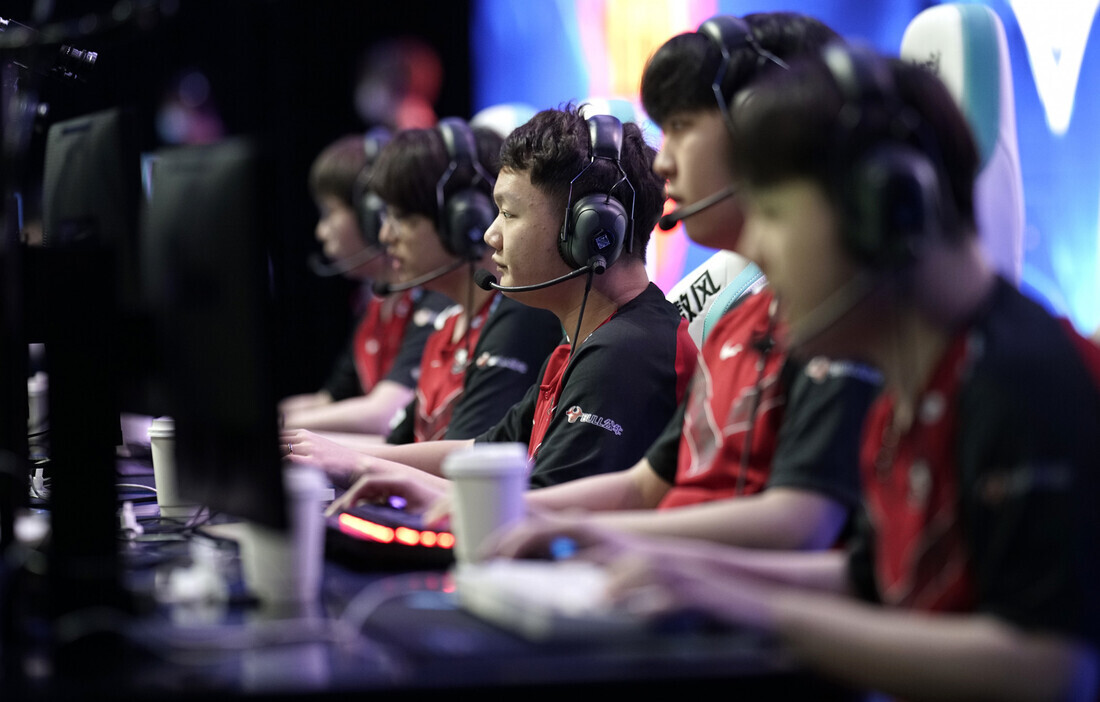Esports and Web3: When Gamers Become Investors
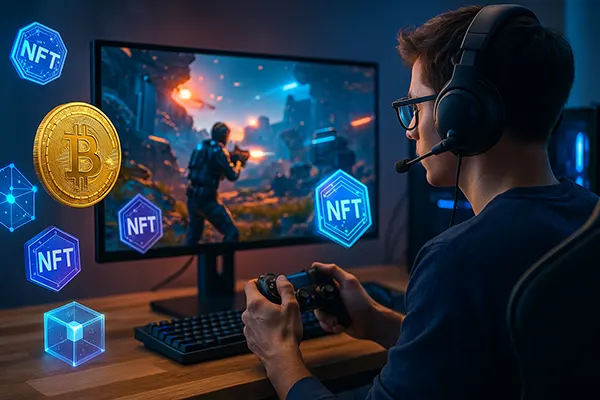
The boundaries between gaming and finance have been gradually disappearing. In 2025, the introduction of blockchain, NFTs, and Web3 technologies has created a new ecosystem where esports players and fans are no longer just consumers but also active investors. This shift transforms competitive gaming into an industry where participation can generate both entertainment and financial value.
The Evolution of Esports and Web3
Esports has grown from niche tournaments into a global industry with millions of spectators and professional teams supported by sponsors. The integration of Web3 has added a new layer, enabling fans and players to acquire digital assets linked to games and tournaments. These assets include in-game skins, exclusive passes, and unique digital collectibles with real-world value.
NFTs (non-fungible tokens) have become central to this development. They allow gamers to truly own their items and transfer them across ecosystems. Unlike traditional in-game purchases, NFTs can be traded, sold, or held as investments. For many gamers, this transforms their hobby into a financial opportunity.
Brands, game developers, and esports organisations are adopting blockchain technology to build loyalty programmes and create tokenised economies. This ensures that communities can support their favourite teams and share in the success of competitive gaming in new, more tangible ways.
Why Digital Ownership Matters
Digital ownership through NFTs allows esports fans to have a stake in the ecosystem. Owning a digital item verified by blockchain means that scarcity and authenticity are guaranteed. This appeals not only to collectors but also to investors who recognise the long-term potential of digital property.
Gamers can resell these assets on secondary markets, generating income or reinvesting in other projects. This creates a cycle where gaming activity is directly tied to financial decision-making, something unthinkable a decade ago.
In addition, tokenised assets reduce the dependence on centralised publishers. Players can carry their digital identity, rewards, and purchases across multiple games, ensuring more freedom and control over their investments.
Investment Opportunities for Gamers
The financialisation of esports opens doors for players to move from entertainment to strategic investment. Teams issue fan tokens, giving supporters voting rights in club decisions or access to exclusive experiences. These tokens can appreciate in value, making them attractive to both fans and investors.
Decentralised finance (DeFi) platforms linked with gaming allow staking of tokens, yielding returns while supporting the development of esports ecosystems. This merges traditional finance models with gaming, creating entirely new economic structures.
For professional players, prize pools in cryptocurrencies add another layer of opportunity. Instead of fixed currency rewards, winnings can increase in value over time, turning a single tournament into a long-term investment asset.
The Risks Behind the Rewards
While the idea of gamers as investors is compelling, the reality comes with risks. Cryptocurrencies and NFTs are highly volatile, and asset values can fluctuate dramatically. Not every digital token will increase in worth, and speculative bubbles are a known risk in this sector.
Moreover, regulatory uncertainty remains a challenge. Different countries approach NFTs and Web3 assets differently, which can affect taxation, trading rights, and the legality of certain digital transactions. Gamers need to remain cautious and informed before investing heavily.
Despite the risks, education and transparency are growing. Esports organisations and blockchain projects are working on clearer standards to protect both fans and players from exploitation.
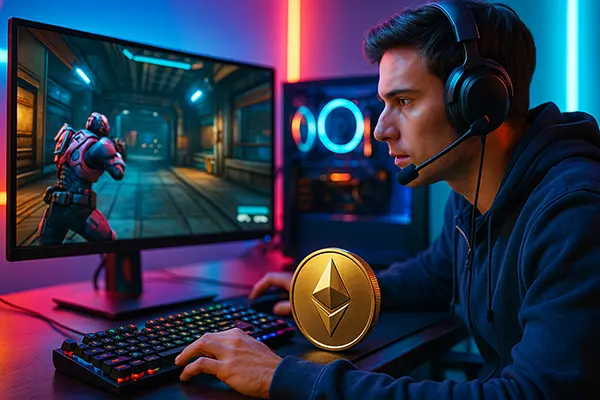
The Future of Esports Economies
The merging of esports with Web3 points towards a future where participation is more than watching or playing. Communities will increasingly take part in decision-making, funding, and profit-sharing. This creates a decentralised model of growth that is unlike traditional sports industries.
Developers are already exploring cross-game economies where assets earned in one game can be used in another. This interoperability makes digital assets even more valuable, ensuring long-term sustainability and relevance.
By 2025, esports has become more than just a competition—it is a living economy powered by blockchain, where gamers can be players, creators, and investors simultaneously.
The Role of Community in Shaping Growth
Community participation is central to the success of Web3 esports projects. Players invest not only money but also time and creativity, shaping the culture and direction of digital ecosystems. Decentralised autonomous organisations (DAOs) already allow communities to collectively govern projects.
This participatory model strengthens loyalty, as fans feel they truly own a part of the ecosystem. Unlike traditional sponsorship, investment in esports tokens or NFTs creates a sense of shared success between organisations and supporters.
Ultimately, the rise of gamers as investors reflects a broader cultural shift: entertainment and finance are no longer separate. Esports shows how digital communities can redefine what it means to play, own, and invest in the 21st century.

